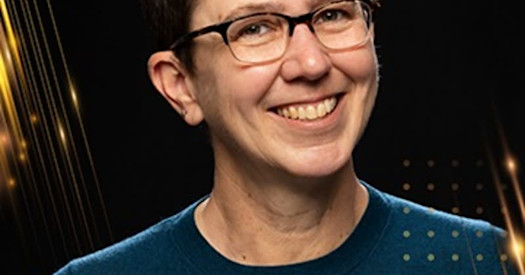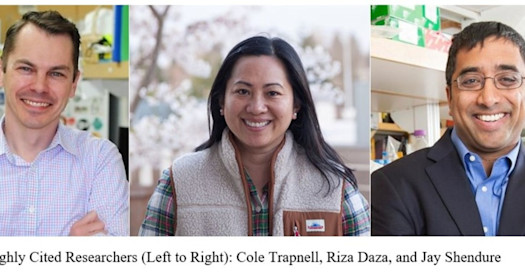Dr. Danny Miller: 'The primary goal (of the symposium) is to bring together Seattle-area users of long-read sequencing to learn from each other, build new collaborations, and to explore potential synergies among users.'
*Editor’s note: UW’s Dr. Danny Miller (M.D., Ph.D.) specializes in long-read genome sequencing, unsolved genetic disorders, and clinical genetic testing in his research and clinical practice at Seattle Children’s Hospital. He is the scientific advisor to the upcoming long-read symposium BBI is hosting November 15 at the Fred Hutchinson Cancer Center.*
Why is BBI hosting this seminar and what do you want to accomplish?
DR. MILLER: It’s logical choice for BBI to host this long-read symposium. Long-read sequencing is an emerging technology. It’s cutting-edge and that’s where BBI tends to be and act. The primary goal is to bring together Seattle-area users of long-read sequencing to learn from each other, build new collaborations, and to explore potential synergies among users.
Last January, BBI published an article on your lab’s long-read sequencing work, stating, “(I)t is imperative that researchers and clinicians have access to leading-edge services, such as (long-read sequencing).” What’s happened over the past nine months?
DR. MILLER: There has been an increasing number of researchers, clinicians, and industry observers recognizing the potential and promise of long-read sequencing. As the quality of the data increases – and the cost of the sequencing continues to fall – researchers and clinicians are trusting the technology more and more. It’s also becoming increasingly obvious that it will not be long before long-read sequencing is used as a first-line test in clinical settings – probably within five years.
The way we do clinical genetic testing today is inefficient and not equitable. More than half of individuals with a suspected genetic condition remain undiagnosed after a comprehensive clinical evaluation.
Please elaborate on that comment.
DR. MILLER: The way we do clinical genetic testing today is inefficient and not equitable. More than half of individuals with a suspected genetic condition remain undiagnosed after a comprehensive clinical evaluation. This can take years, and involve multiple sample collections and visits to the hospital. There is broad interest in developing technology that both increases the diagnostic rate and decreases barriers to accessing comprehensive clinical testing. Because long-read sequencing data captures all the information currently available only using multiple approaches, a single LRS experiment can be analyzed in a stepwise fashion. I believe this technology is well-poised to increase the diagnostic rate, decrease the time it takes to make a genetic diagnosis, and reduce barriers to accessing comprehensive clinical testing.
Long-reads are poised to have a dramatic impact in other areas of medicine as well. One advantage of the technology is how much more quickly sequencing can be completed and analyzed, leading to some interesting precision medicine applications. Here’s an example. I can envision a future where an individual undergoing treatment for leukemia has a blood sample taken at a morning appointment and by their appointment in the afternoon, we have already sequenced and analyzed that blood sample, looking for response to treatment or evidence or resistance to the current therapy. I really think the opportunities are endless with this technology.
What about cost? And what is the likelihood of insurance companies covering long-read sequencing?
DR. MILLER: That’s going to be challenging because it’s a new approach to testing: collect data once, then analyzing in multiple ways. We’ve talked to some payers who are open to this approach, so it will be interesting to see how they respond once the first tests are offered. Today, it’s possible to sequence a person’s entire genome using long-read technology for around $1,000. I think we’re going to see that fall to the $200 to $300 range in the next five years. This falling cost and increased evidence that it can be used to improve clinical outcomes are likely what will really drive payers to cover this testing.


